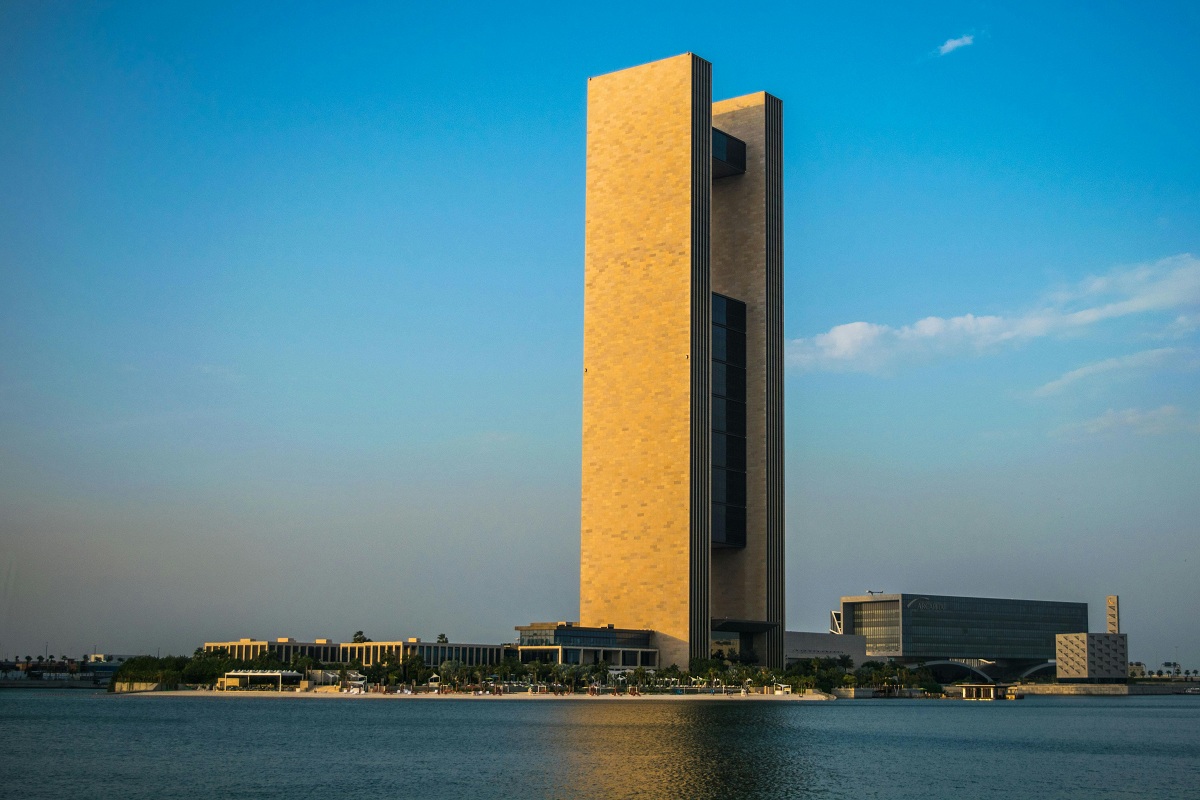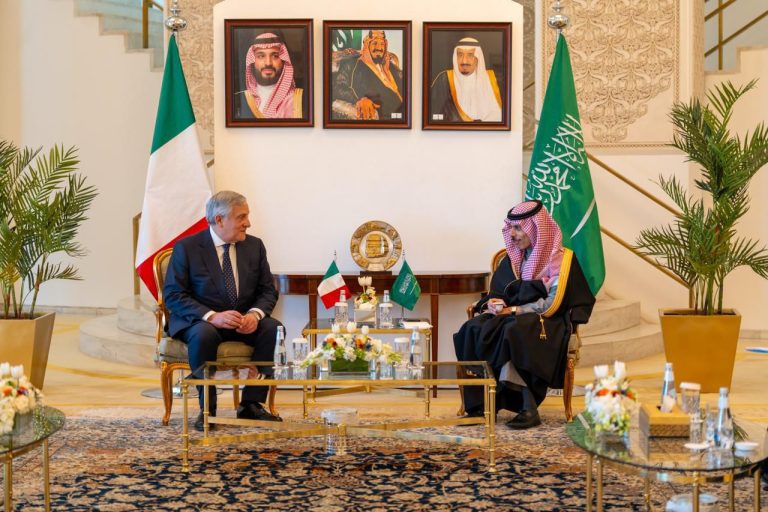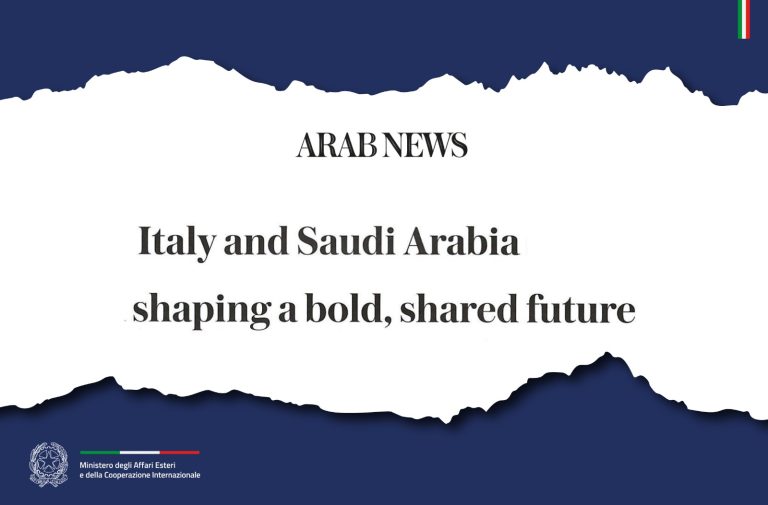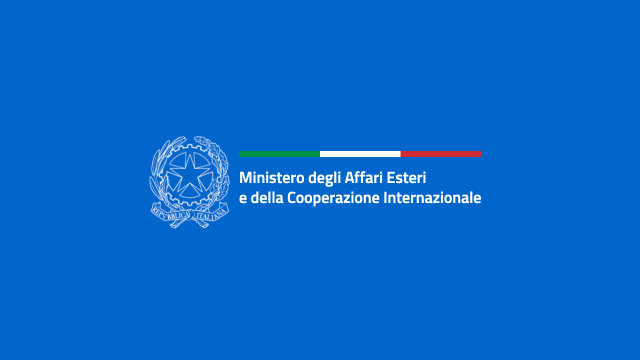Bahrain has adopted a significant increase in public spending for the two-year period 2025-2026. The budget law provides for a fiscal manoeuvre of 8.9 billion Bahraini dinars (BHD) – EUR 20.8 billion – divided into 4.3 billion (EUR 10.1 billion) for 2025 and 4.5 billion (EUR 10.5 billion) for 2026. In the long term, this fiscal manoeuvre is expected to contribute to the reduction of public debt, which has risen to almost 130% of GDP according to the International Monetary Fund, avoiding impacting on citizens’ well-being. In the short to medium term, the Government expects general revenues of BHD 6 billion (EUR 14 billion), in particular 2.9 billion (EUR 6.8 billion) in 2025 and 3.4 billion (EUR 7.9 billion) in 2026.
The budget law, however, does not include the increase in the VAT rate and excise duties on petrol, which were discussed before adoption and were not popular with the public. Instead, an annual increase in the subsistence allowance for pensioners has been envisaged and funds have been allocated to create job opportunities, stimulate public housing construction and energy efficiency.
With regard to employment support, the fiscal manoeuvre aims to facilitate the entry into the labour market of 25,000 Bahrainis, including 8,000 recent graduates. The “Tamkeen” Employment Fund has been equipped with BHD 280 million (EUR 654.5 million) to provide training and financial support for the upskilling of 50,000 Bahrainis. Moreover, companies that prioritise the hiring of Bahrainis will be eligible for tax incentives.
The fiscal manoeuvre has also allocated BHD 800 million (€1.87 billion) for public housing – the largest ever allocation for social housing in the country – to reduce waiting lists and speed up access to social housing, including through collaboration with the private sector. Other new measures include building new schools, renovating existing ones, updating curricula and hiring more Bahraini teachers, as well as investing in food security projects to boost local production capacity. BHD 688 million (EUR 1.6 billion) has also been allocated to the health sector to improve infrastructure and services.
Another important measure is the allocation of BHD 2 billion (EUR 4.68 billion) for investing in the expansion of power plants and desalination facilities – besides increasing renewable energy production – to be completed by 2026. Another significant measure is the change in the threshold limit for the issuance of government bonds, now set at BHD 22.5 billion (EUR 52.6 billion) compared to the previous limit of BHD 16 billion (EUR 37.4 billion).
With a view to increasing revenues, the budget law has introduced a corporate profit tax above a certain threshold, new taxes on energy drinks, sugary soft drinks and tobacco, as well as a carbon tax for companies, which – if implemented – would make Bahrain the first Gulf country to introduce an environmental tax on companies. The tax comes at a time when oil revenues, which still account for more than 60% of government revenues, are under pressure due to the general reduction in oil prices.
Bahrain’s strategy to ensure sustainable growth in the near future focuses on investment in energy efficiency, worker training, infrastructure upgrading and import reduction – along with the issuance of new bonds – to attract foreign direct investment and generate enough domestic wealth to repay the debt without affecting the welfare system.
Energy and drinking water projects
With a view to meeting growing demand and strengthening the national energy system, the Government has allocated BHD 400 million (EUR 935 million) for two strategic projects, i.e. the upgrading of the Sitra power plant, which produces both electricity and drinking water, and the construction of a new drinking water plant in the Hidd area, both located in the south-east of the country.
The investment aims to increase the production capacity of the Sitra power plant, bringing it to generate 1,200 megawatts (MW) of electricity and 136 million litres of drinking water daily. The upgrade will be carried out in two phases: the first, by the second half of 2028, envisages increasing electricity production to 600 MW and reaching the target of 136 million litres of water per day. The second phase, scheduled for the second quarter of 2029, will complete the expansion of electricity capacity.
As for the new Hidd plant, the goal is to build a plant with a production capacity of 272 million litres of drinking water per day. The works are scheduled to be completed by the end of the second quarter of 2028.







